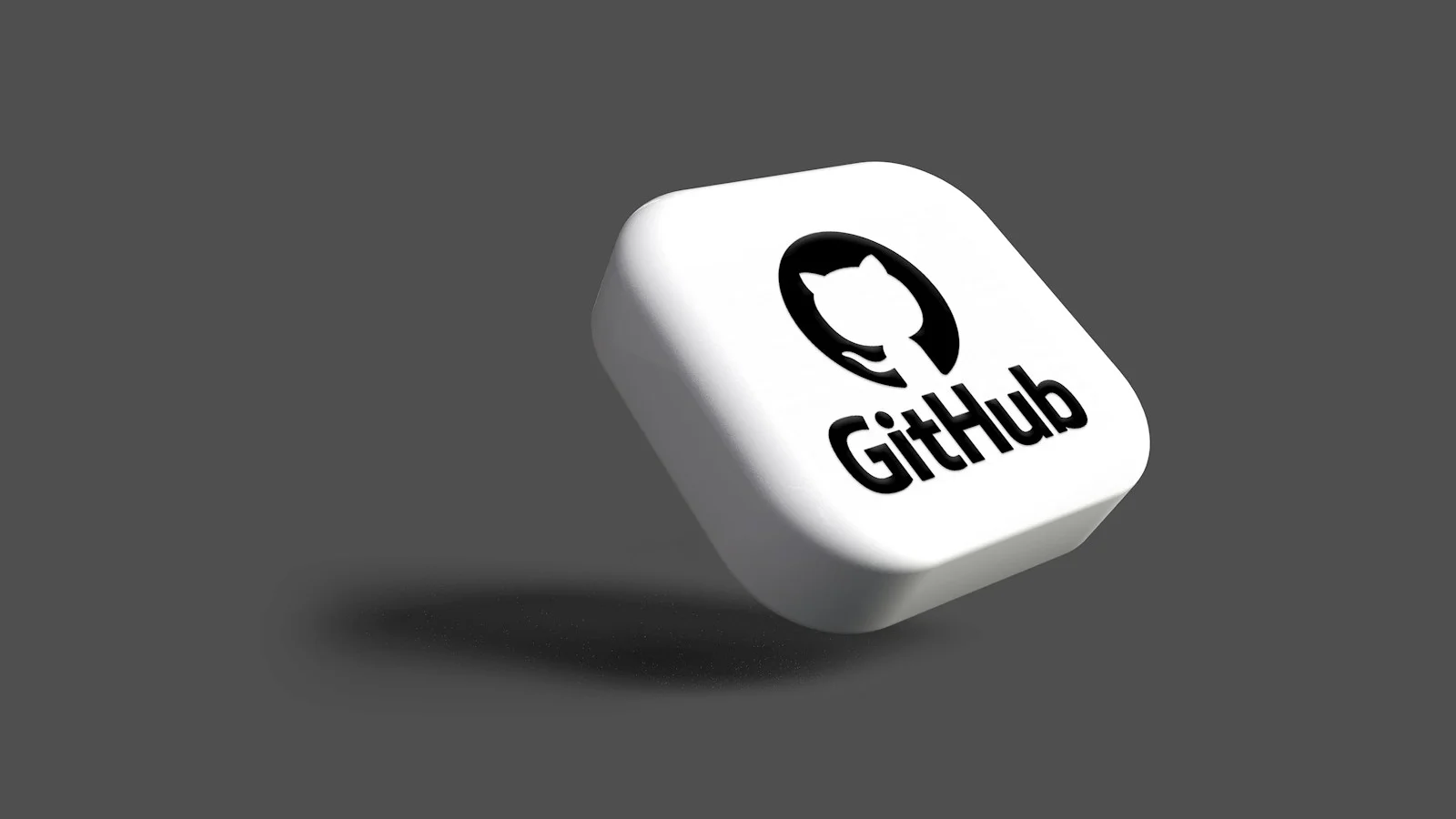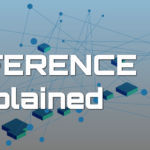A Glimpse into GitHub’s History
-
Founders: Tom Preston-Werner, Chris Wanstrath, PJ Hyett
-
Year Founded: 2008
-
Achievement: Became the world’s largest source code host
-
User Base: Millions of developers and organizations

Git vs. GitHub: Understanding the Basics
| Feature | Git | GitHub |
|---|---|---|
| Definition | A distributed version control system | A web-based platform enhancing Git |
| Functionality | Tracks changes in codebase, manages versions | Adds graphical interface, issue tracking, collaboration tools |
GitHub revolutionizes software development with its emphasis on collaboration, efficiency, and community involvement.
Setting Up a GitHub Account
Creating Your Account:
- Visit GitHub’s website and click on “Sign up”
- Provide your username, email, and password
- Select a plan that suits your needs
- Verify your email address
Congratulations! You’re now part of the GitHub community.🥳
Diving Into GitHub’s Rich Feature Set
GitHub is not just about code hosting; it’s a comprehensive platform for collaboration, version control, and more.
-
Version Control: Leverage Git for tracking changes and managing project versions.
-
Collaboration: Utilize issues for task tracking and discussions.
-
Community Engagement: Contribute to open-source projects and interact with other developers.
Cloning and Forking: The Gateway to Collaboration
Cloning vs. Forking: Key Differences
| Action | Cloning | Forking |
|---|---|---|
| What It Does | Creates a local copy of a repository | Creates a personal copy under your GitHub account |
| Purpose | Work offline, contribute to the project | Independent modifications, contribute changes |

These essential practices enable seamless collaboration and personal project modification on GitHub.
Git Basics: Command Line Mastery
Setting Up Git: Essential Commands
- Configure User Name:
git config --global user.name "Your Name"- Configure Email:
git config --global user.email your-email@example.comWould you like to get engaged with professional Specialists?
We are a software development team with extensive development experience in the Hybrid and Crossplatform Applications development space. Let’s discuss your needs and requirements to find your best fit.
Core Git Commands for Effective Version Control
| Command | Purpose |
|---|---|
git init | Initializes a new Git repository |
git add | Adds files to the staging area |
git commit | Records changes in the repository |
git push | Updates remote repository with local changes |
git pull | Integrates remote changes into your local repository |
git status | Displays the state of the working directory and staging area |
git log | Shows the commit history |
Mastering these commands is crucial for navigating and managing projects on GitHub effectively.
Working with Branches: Enhancing Project Management
Branching is a cornerstone of Git, facilitating feature development, experimentation, and bug fixes without impacting the main codebase.
Branching Essentials
| Command | Purpose |
|---|---|
git branch <branch-name> | Creates a new branch |
git checkout <branch-name> | Switches to the specified branch |
git merge <branch-name> | Merges the specified branch into the current branch |
Branches enable parallel development, isolating changes until they’re ready to be integrated into the main project.
Collaborating on Projects: Maximizing Team Efficiency
GitHub excels in providing tools for effective team collaboration on software projects.
Adding Collaborators and Managing Issues
- Adding Collaborators: Grant team members access to contribute to the repository.
- Issues: Centralize bug tracking, feature requests, and discussions for efficient project management.
Pull Requests: Facilitating Code Review and Collaboration
Pull requests are instrumental in proposing project changes and fostering team discussions, ensuring thorough review and consensus before integration.
Advanced GitHub Features: Streamlining Development Workflows
GitHub is not just a platform for collaboration but also offers features for automation, project management, and documentation.
GitHub Actions: Automate Your Workflows
Automate your development processes with custom triggers for tasks like testing, building, and deploying applications.
GitHub Projects: Organize Your Development Tasks
| Feature | Description |
|---|---|
| Project Boards | Visualize and manage project progress with customizable boards |
| Cards | Track tasks, bugs, and feature requests |
| Integration | Seamlessly connect with issues and pull requests |
GitHub Wiki: Document Your Projects
Leverage GitHub Wiki for comprehensive documentation, ensuring your project is accessible and understandable for all contributors.
GitHub’s Integrations and Tools: Enhancing Productivity
GitHub’s ecosystem includes a multitude of integrations and tools, enhancing connectivity with project management and CI/CD tools, among others.
Popular GitHub Integrations
-
Project Management: Jira, Asana
-
CI/CD: Jenkins, CircleCI
These integrations streamline your workflow, connecting your repository with external tools for a cohesive development experience.
Dedicated Full Stack Developers
Hiring Full Stack developers gives businesses access to pros proficient in various technologies and frameworks. Their versatility streamlines collaboration, leading to faster development and enhanced efficiency.
Contributing to Open Source Projects
Contributing to open source is a rewarding way to learn, share knowledge, and improve software used worldwide.
Finding Projects and Making Contributions
- Explore Section: Discover trending repositories and projects aligned with your interests.
- Fork and Clone: Start by forking the project to your account, then clone it locally to make changes.
- Pull Requests: Submit your contributions through pull requests for review by project maintainers.

Best Practices
Best Practices and Tips for GitHub Users
Maximize your GitHub experience by adhering to these best practices:
- Organize Repositories: Use descriptive names and structure your files logically.
- Effective Commit Messages: Be concise and contextual in your commit descriptions.
- Security: Keep sensitive data out of your repositories and enable two-factor authentication.
- Code Review: Regularly review and refine your codebase for quality and scalability.
- Stay Updated: Keep abreast of GitHub’s evolving features and community practices.
- Automate with Actions: Utilize GitHub Actions for streamlined workflow automation.
- Issue Tracking: Leverage GitHub’s issue tracking for clear and organized project management.
- Community Engagement: Participate in discussions, contribute to open source, and network within the GitHub community.
- Documentation: Ensure your projects are well-documented for ease of use and contribution by others.
Our Github Cheatsheets Recommendations
Before you go. Check our recommended cheatsheets that will give you Github super powers.
| Cheat Sheet Name | Description |
|---|---|
| GitHub Git Cheat Sheet | A detailed guide provided by GitHub Training, covering essential Git commands and configurations for GitHub. Ideal for users seeking a comprehensive overview. |
| GitHub Training Kit | GitHub’s own series of cheat sheets and educational resources. This kit includes a wide range of topics, from Git basics to GitHub-specific workflows, available in multiple languages. |
| Git Cheat Sheet by freeCodeCamp | This cheat sheet offers 50 Git commands that are essential for all users. It’s a practical guide for everyday use, including commands for branching, merging, and rewriting history. |
| Git Cheat Sheet by Atlassian | Atlassian’s cheat sheet focuses on common Git commands, including configuration, repository management, and changes. It’s a quick reference guide that complements Git’s distributed version control system. |
Each of these cheat sheets provides unique insights and tips that can be beneficial for both beginners and advanced users of GitHub, aiming to improve efficiency and understanding of Git commands and GitHub functionalities.
Are you ready to join the Github community?
By following these guidelines and leveraging GitHub’s extensive feature set, you can enhance your development workflows, collaborate more effectively, and contribute to the rich ecosystem of open source software.







